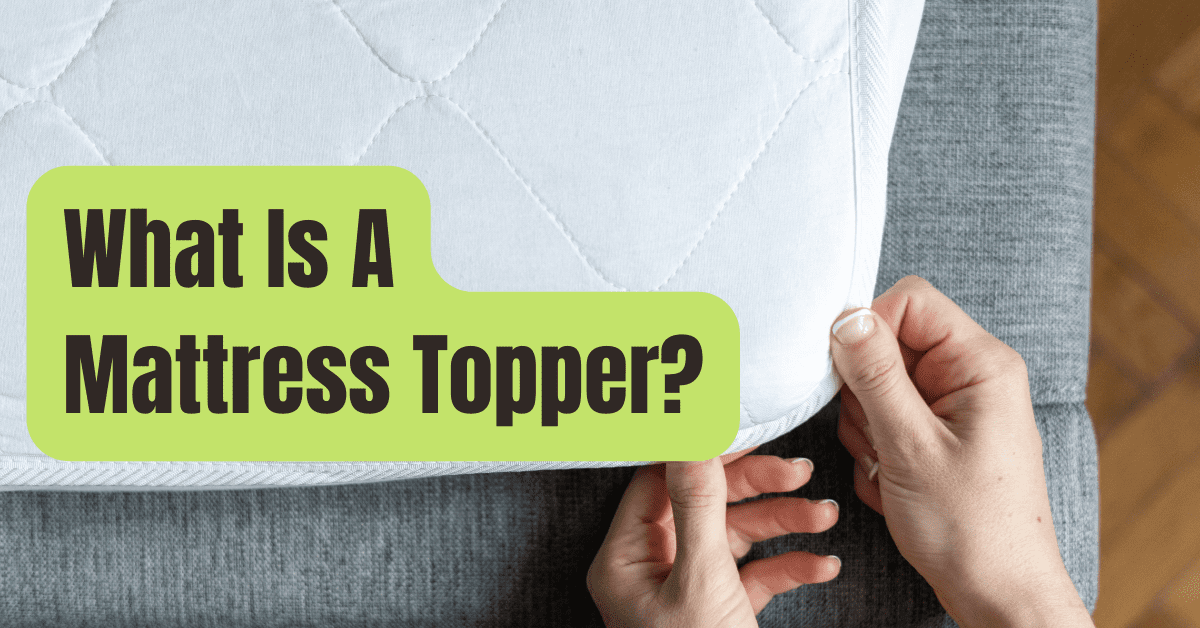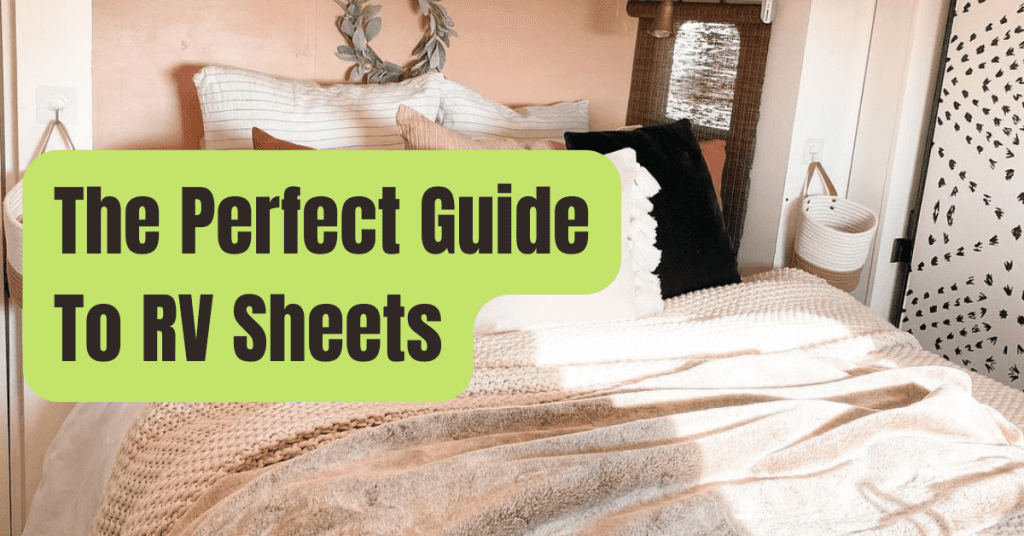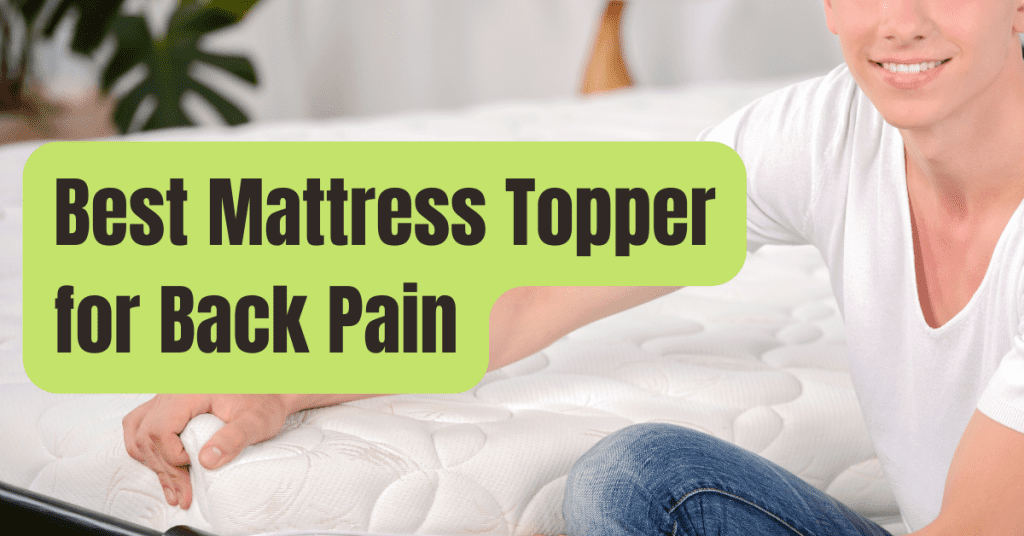It may come as a surprise to you, but a mattress alone will not guarantee you the ideal night’s sleep.
Many sleepers add a mattress pad or protector to their mattresses to give extra protection and comfort than their original mattress.
Mattress toppers are one item that may stand out if you want to fully transform the feel of your present bed.
From added support to budget-friendly comfort, we’ll take you through the purpose and advantages of a mattress topper in this article.
You’ll be able to tell whether or not a mattress topper is suitable for you after that.
What is a mattress topper, exactly? Continue reading to learn all there is to know about this plush addition to your bed.
What Is a Mattress Topper and Why Do I Need One?
A mattress topper is a two to four-inch layer of memory foam, latex, or another substance that is placed on top of your mattress.
Its objective is to enhance the feel of your bed by adding a layer of your choice to it.
You may choose a mattress topper that matches your sleeping preferences, whether you want your bed to be warmer, colder, firmer, or softer.
In addition, the extra layer might assist prevent stains and sagging on your mattress.
Suggestion: Best Mattress Topper for Back Pain of 2026
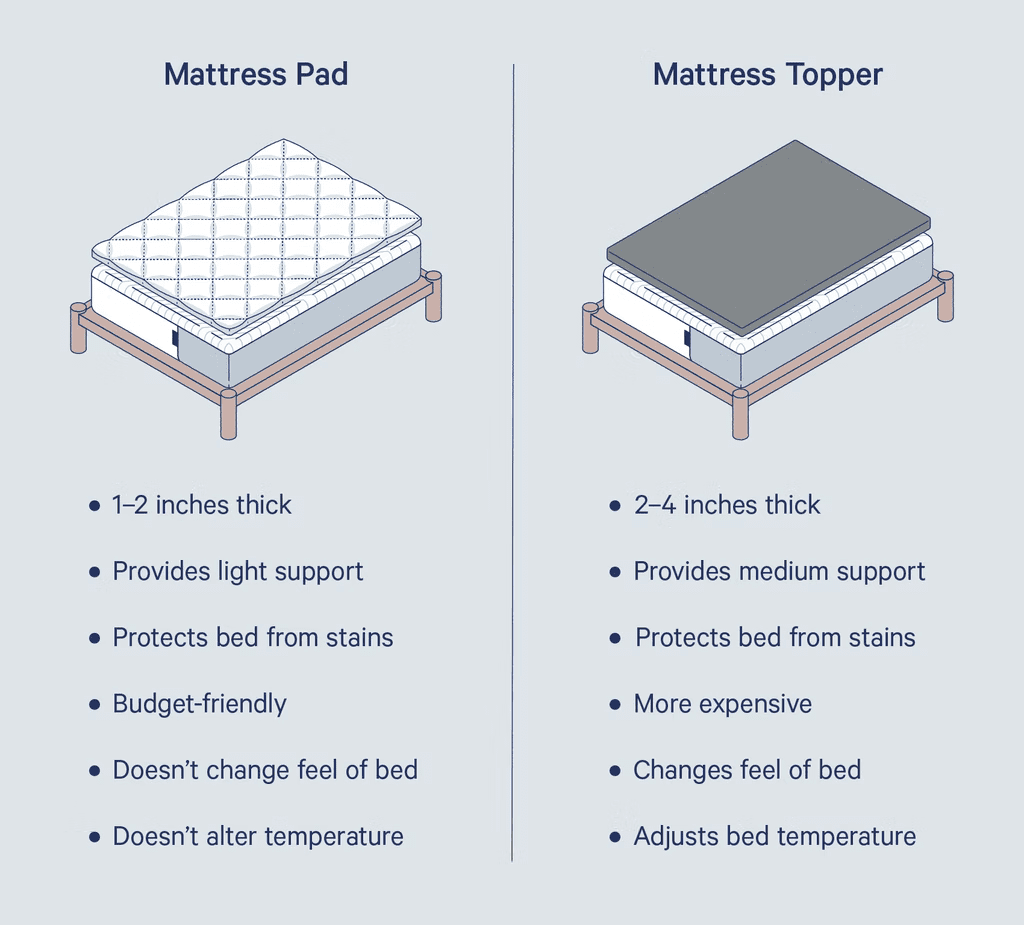
Mattress Topper vs. Mattress Pad
There are significant variations between a mattress pad and a mattress topper, despite their similarity in appearance.
Here’s what each bed attachment is and what it does:
- Mattress pad: A thin, one to two inch layer of feather, latex, or fiber laid on top of your mattress to give mild support and guard against dirt, allergies, and mishaps.
- Mattress topper: A mattress topper is a two to four inch thick layer of memory foam, latex, wool, or feather material that is placed on top of your mattress to give medium support and protect it from stains and sagging.
Mattress pads are a terrific option for budget-conscious sleepers who want a little more support and stain prevention.
Mattress toppers, on the other hand, are thicker and give even more support, making them an excellent alternative for individuals searching for a more comfortable night’s sleep.
Suggestion: Do You Put A Mattress Pad Over Memory Foam Topper?
What is the Purpose of a Mattress Topper? 7 Benefits
Mattress toppers provide several benefits, ranging from temperature regulation to pain relief.
Here are all of the advantages of using a mattress topper:
Benefit #1: Adjusts the Firmness of the Mattress
If your present mattress is too soft or too firm, a mattress topper might help you find the right balance.
A mattress topper may firm up a soft mattress or soften up a hard mattress.
Memory and latex foam mattress toppers give further support to luxurious mattresses, while feather and wool mattress toppers provide extra softness to hard beds.
A mattress topper allows you to customize the hardness of your bed for a more pleasant night’s sleep.
Benefit #2: You can control the temperature of your bed.
A cooling mattress topper may help you sleep cooler by allowing heat to escape as you sleep.
The Casper Mattress Topper, for example, has breathable foams with microscopic holes that allow heated air to escape and away from your body.
A wool mattress topper, on the other hand, retains heat and keeps you warm and comfortable.
There’s a mattress topper out there that may help you achieve your optimal sleeping temperature.
Suggestion: How Long Does A Mattress Topper Last?
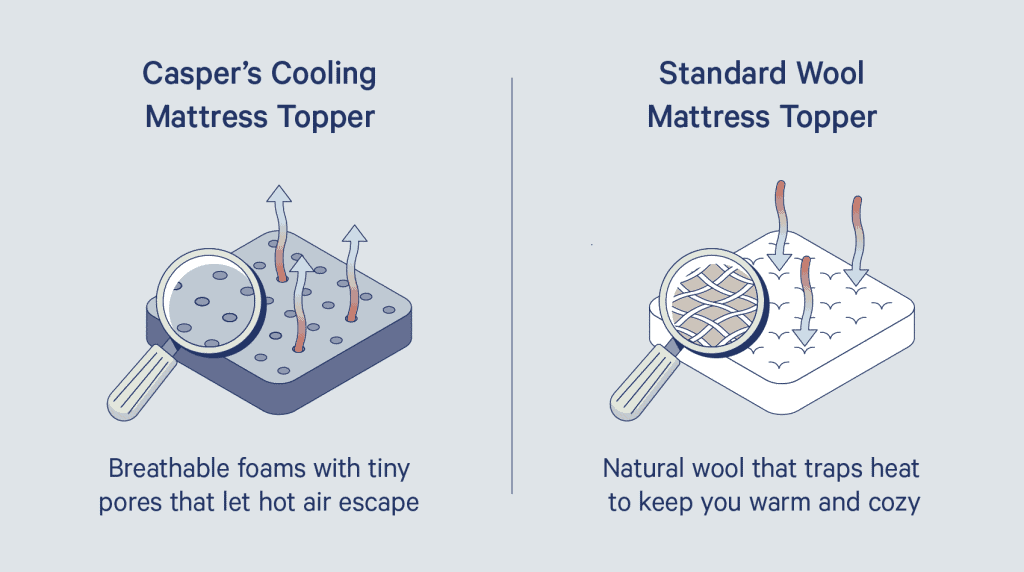
Benefit #3: It is possible to have year-round comfort.
With the flexibility to set your perfect sleeping temperature with a mattress topper, you can get a good night’s sleep no matter what season it is.
In the winter, a standard mattress or a wool mattress topper will keep you warm.
Then, during the hot summer months, you may swap to your cooling mattress topper.
Using a mattress topper helps you to sleep at the ideal temperature all year.
Benefit #4: Can Lift a Sagging Mattress
Beds may develop dips over time as a result of everyday use, but a mattress topper can help to remedy a sagging mattress.
A mattress topper’s thick layer of cushion might help revitalize your mattress if you find it is beginning to sink.
Although a mattress topper may help with a sinking mattress, it isn’t a replacement for a bed that has outlived its usefulness.
Before you purchase a topper, search for symptoms that your mattress needs to be replaced.
Whether your bed is new or old, rotating your mattress on a regular basis can assist maintain lift.
Benefit #5: Assists in the cleaning of your mattress
A mattress topper acts as a protective barrier between your mattress and any urine stains, drink spills, or dirt by adding a thick layer on top of your bed.
While not all mattress toppers are spill-proof, they will aid in the cleaning of your mattress.
Some mattress toppers may help keep dust mites and allergens out of your bed, in addition to stains.
This extra layer of defense helps you prevent allergies caused by allergens that build up in your mattress over time.
Benefit #6: It Helps You Save Money
Did you know that investing in a mattress topper might help you save money in the long run? A mattress topper helps to avoid stains and maintains your mattress in better condition for longer, increasing the mattress’s average lifetime.
Check how frequently you need change your mattress type before purchasing a mattress topper.
If you’ve owned your bed for more than seven years, it’s probably time to replace it.
Then, to make it last even longer, you may add a mattress topper.
Benefit #7: May Assist with Pain Relief
For people who suffer from back discomfort, a mattress topper might be a wise purchase.
This is because too firm bedding may aggravate backaches.
A research found that a softer medium-firm mattress is better for relieving back pain.
A mattress topper might assist give the soft support you need if your present mattress isn’t perfect for aches and pains.
The Casper Mattress Topper, for example, has three layers of comfort, including premium latex foams and a plush top layer for a soft, bouncy sensation.
Suggestion: How to Clean Mattress Topper?
Mattress Toppers Come in a Variety of Styles
Mattress toppers come in a variety of styles, each with its own distinct feel.
Here are the benefits and drawbacks of several mattress topper materials to help you determine which is ideal for you:
1. Memory Foam
The viscoelastic polyurethane foam used in memory foam mattress toppers is meant to give structured support.
If you don’t want to spend the money on a new memory foam mattress, a memory foam mattress topper is an excellent alternative.
Pros
- It helps to keep your body healthy.
- It will not squeak or bounce.
- Lasts a long time
Cons
- It may be costly.
- Switching roles may be difficult.
- It’s possible that body heat will be trapped.
A memory foam mattress topper provides the structured comfort you need for people who like firmer support and don’t mind making a little investment.
The Casper Layer, a comfy polyurethane foam mattress topper with ideal sink and bounce, is a more economical foam choice.
2. Foam made of synthetic latex
The support of memory foam is combined with the cooling characteristics of natural fibers in synthetic latex foam mattress toppers.
They’re the ideal compromise for sleepers who want the best of both worlds.
Pros
- It helps to keep your body healthy.
- It has a strong yet cushioned feel to it.
- Allows for the escape of heat
- Squeaking and bouncing are reduced.
- Lasts a long time
Cons
- It is more expensive than other mattress toppers.
- During the winter, it may become rather cold.
The Casper Mattress Topper is a three-layer mattress topper comprised of superior latex foams that give comfort to any mattress.
3. Lambswool
The velvety texture of wool mattress toppers provides soft, antibacterial, and long-lasting comfort.
Their natural wool composition is cushiony and retains heat, keeping you toasty all night.
Pros
- Cushion is light and fluffy.
- Antimicrobial and hypoallergenic
- Bed bugs and mites may be kept at bay with this product.
- It provides a warm and inviting atmosphere.
- Lasts a long time
Cons
- Expensive
- There aren’t many options.
- Body support is kept to a minimum.
- It has a woodsy odor at times.
Wool mattress toppers are ideal for those who want a warmer environment without sacrificing support.
4. Down or Feather
The soft underbelly feathers of geese or ducks are put into feather or down mattress toppers, giving them a delightfully velvety feel.
Pros
- Extremely gentle
- More cost-effective
- Aids in the passage of air
Cons
- Body support is kept to a minimum.
- Feathers may pierce the surface.
- Can easily be damaged or crinkled
- Allergies may be triggered
A feather or down mattress topper may be the correct solution for you if you want a budget-friendly, ultra-plush feel and don’t need much support.
What Is a Mattress Topper and How Do I Use It?
It’s critical to understand the kind of maintenance required before purchasing a mattress topper.
To understand how to place a mattress topper on your bed and how to wash a mattress topper, keep reading.
How to Put a Mattress Topper on a Mattress
Adding a mattress topper to your regular routine just adds one step.
Here’s how to use a mattress topper to create your bed:
- Place a bed skirt underneath the mattress.
- Include a mattress
- Mattress topper that can be rolled up
- If necessary, place a mattress cover or cushion on top of the mattress.
- Cover with a fitted sheet.
- Tuck the flat sheet in.
- Place a blanket or duvet on the bed.
- Arrange pillows in a pleasing manner.
Make sure your mattress topper is aligned with the four corners of your mattress while rolling it onto your bed.
If your mattress topper doesn’t have a non-slip, viscoelastic bottom, you may place non-slip pads below it to keep it from sliding.
Fortunately, the Casper Mattress Topper and Casper Layer both include a viscoelastic bottom for a comfortable, non-slip sleep.
Cleaning a Mattress Topper
You’ll need to clean your mattress topper correctly to keep it from accumulating dust and filth.
To prevent accumulation, wash or spot-clean your mattress topper four times each year.
Although many wool and down mattress toppers may be washed in the washing machine, most memory and latex foam mattress toppers should not be washed.
Because washing and drying foam toppers might cause shrinking, you’ll need to clean a foam mattress topper without using a machine:
Follow the directions on the label of your mattress topper to determine whether you should wash it in the machine or by hand.
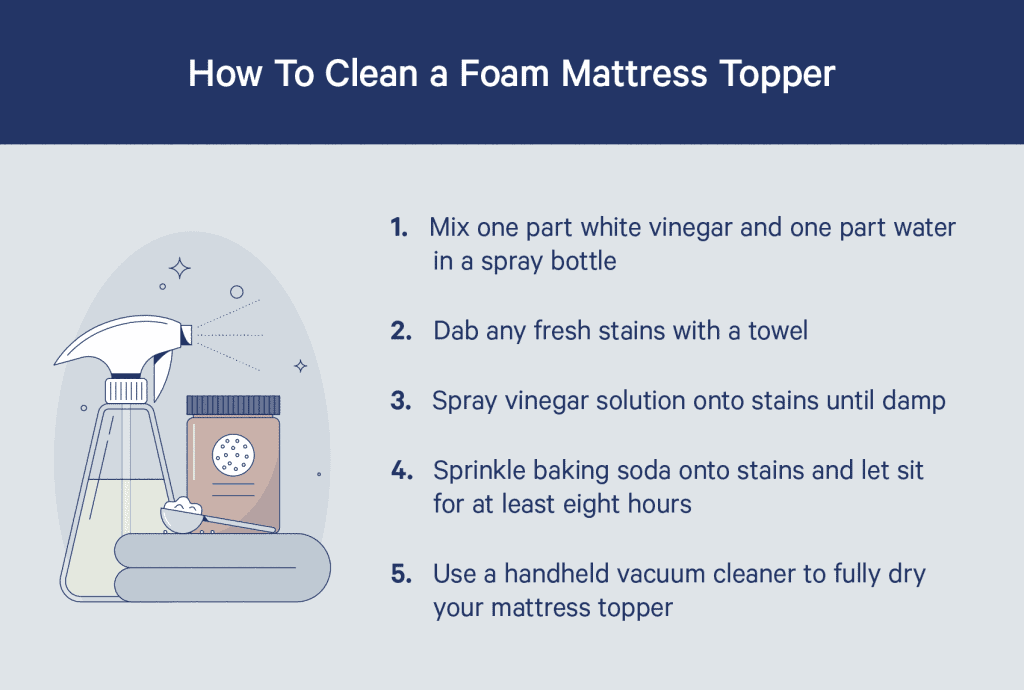
Is a Mattress Topper Necessary?
Are you still undecided about whether or not you need a mattress topper? Here are a few other clues that it would be a good idea to invest in a bed topper:
- You want a mattress that is warmer or colder.
- You want a mattress that is firmer or softer.
- Your mattress has begun to sag.
- You don’t want to buy a new mattress just now.
FAQs
We’re here to assist if you still have questions regarding mattress toppers.
Answers to the most frequently asked questions concerning this bed attachment may be found here:
Are mattress toppers effective?
Mattress toppers do work for a lot of people.
A mattress topper may help you modify the temperature and make your bed more firm or plush if your present mattress isn’t the ideal firmness or temperature for you.
Mattress toppers may also extend the life of your mattress, saving you money in the long run.
What is the purpose of a mattress topper?
To modify the feel of your bed, you may use a mattress topper.
You may get a mattress topper that makes your bed colder, warmer, firmer, or softer, depending on your preferences.
A mattress topper, no matter what you pick, protects your bed from stains and extends its life.
Is it worthwhile to invest in mattress toppers?
A mattress topper might be well worth the money if you don’t like the feel of your present mattress.
You’ll be able to customize your bed’s temperature and firmness while also protecting it from stains and prolonging its life.
Is it possible to put a mattress topper on top of a mattress pad?
Yes, a mattress topper is placed on top of a mattress pad or protector.
As a result, your mattress topper will have an additional layer of protection against perspiration and spills.
Is it possible to wash a mattress topper?
Wool and down mattress toppers may be washed, while memory and latex foam mattress toppers should be spot-cleaned to prevent shrinking.
To clean a foam mattress topper, blot stains with a cloth, make a vinegar solution in a spray bottle, spritz any stains, sprinkle baking soda over the topper, wait eight hours, then vacuum it.
To find out how to clean your mattress topper properly, read the label carefully.
I’m not sure if I should acquire a mattress topper or a new mattress.
For an older, sinking mattress, a mattress topper might be a fast and cost-effective remedy.
A mattress topper, on the other hand, can only do so much if you’ve had your present bed for longer than a mattress should endure (an average of seven to ten years).
If that’s the case, you may want to think about obtaining a new mattress to ensure you’re receiving decent sleep.
What’s the difference between a mattress pad and a mattress topper?
The thickness and purpose of a mattress pad and a mattress topper are different.
A mattress pad is a one- to two-inch thick covering that adds comfort and protects your mattress from stains and allergens.
A mattress topper, on the other hand, is a thick, two- to four-inch layer of memory foam, latex, wool, or feather material that adds even more support and protection to your bed.
A mattress pad is ideal for sleepers who like the feel of their mattress but want an extra layer of comfort and protection at a low cost.
A mattress topper, on the other hand, is excellent for folks who wish to completely change the feel of their mattress.
Because there are so many different types of bed accessories, it’s important to know what a mattress topper is and what it can do for you before you purchase one.
You could just enjoy the deep sleep of your dreams if you invest in a mattress topper.

